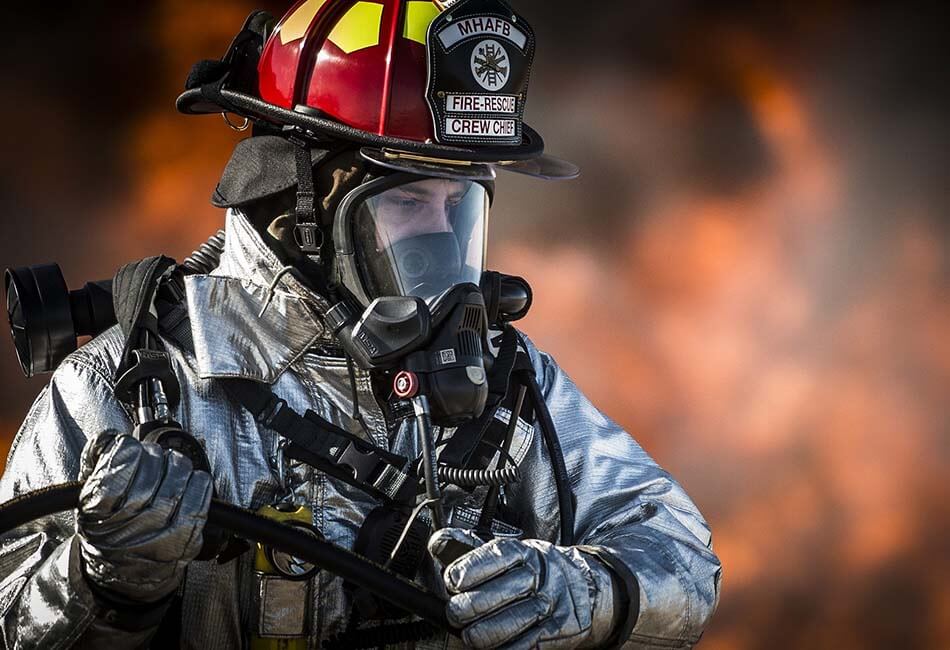The intense heatwaves we’ve been experiencing all over the country (and right here in New Jersey) should be a reminder for anyone about the importance of taking the necessary safety precautions when working in certain heat environments.
When dealing with extreme temperatures whether inside or outdoors, it’s easier than you think to become dehydrated, suffer burns, or encounter other issues. Heat environments can cause loss of concentration, rashes, boils, and even heat stroke if the body is not properly ventilated.
Because extreme heat causes the body to sweat, it can also make issues with holding tools, vision, and dealing with sensitive equipment.
For all these reasons it’s crucial to take the necessary steps when working in heat environments to maintain safety at all times.
How do I know what is and is not a Heat Environment?
OSHA technically classifies any place over 91 degrees Fahrenheit as a heat environment. It is because around this temperature level that the average person begins to exhibit duress and the signs of too much heat.
Because exact temperature doesn’t always translate to what the body is actually feeling due to conditions in the air, OSHA makes use of the heat index to properly calculate what is and is not a heat environment. The heat index is the combination of actual temperature combined with the current humidity.
In other words, the heat index is something like a “real feel” temperature. It can technically only be around 91 degrees outside, for example, but at maximum humidity, it feels closer to 100 and is not safe for prolonged work in direct sunlight without proper hydration and equipment.
This is especially important for indoor environments, where lack of ventilation or air conditioning can turn an already hot environment into a veritable oven. Humidity gets trapped in confined spaces, making some indoor situations worse than their outdoor counterparts.
You will know if you are in a heat environment if you are uncomfortable, are sweating without much exertion, find yourself tiring too quickly or being short of breath, if you feel lightheaded or nauseous, or if you feel your skin irritated or burning. Oftentimes it becomes hard to properly catch your breath in excessive heat, and when mixed with direct sunlight or too-humid conditions, you may get an upset stomach and feel as if you need to vomit.
In such cases, you are definitively in a heat environment. But these situations are not always so obvious.
You want to make sure that you are wearing protective gear and are taking the right safety measures even in 90 degree heat and low humidity. Prolonged sweating in such conditions can lead to dehydration, which can cause brain fog, tight muscles, loss of concentration, shortness of breath, dry mouth, impaired reaction time, and more.
When working outdoors, it’s important to note that you will often be in what OSHA would classify as a heat environment yet there won’t be any discernible signage or other ways of knowing it is other than the temperature you are facing. Just because you aren’t dealing with confined spaces, machinery, burning materials, fire, and the like, doesn’t mean it’s not a dangerous environment. Quite the contrary, raw heat and prolonged exposure to the sun without proper protection can be some of the most dangerous conditions.
Always Take Precaution
Heat stress can occur even if you believe you can withstand the temperatures. Never take chances, and always make sure you have the proper preventative measures in place to either mitigate the heat or protect yourself from it.
It’s important to note that the majority of heat-related incidents and illnesses can be prevented with the right preparation. Proper air conditioning and exhaust ventilation, fans, reflective shields, insulation, taking advantage of shade, drinking plenty of water and avoiding drinks that dehydrate the body (such as coffee), getting plenty of rest, limiting exposure to the heat, and wearing the proper protective gear or clothing, makes a huge difference in whether or not the heat will have any effect on you.
Workers need to be informed of all possible and available methods of heat control and mitigation to ensure best performance and safety.
If you have any questions or concerns about heat stress in your workplace, please reach out to us!

